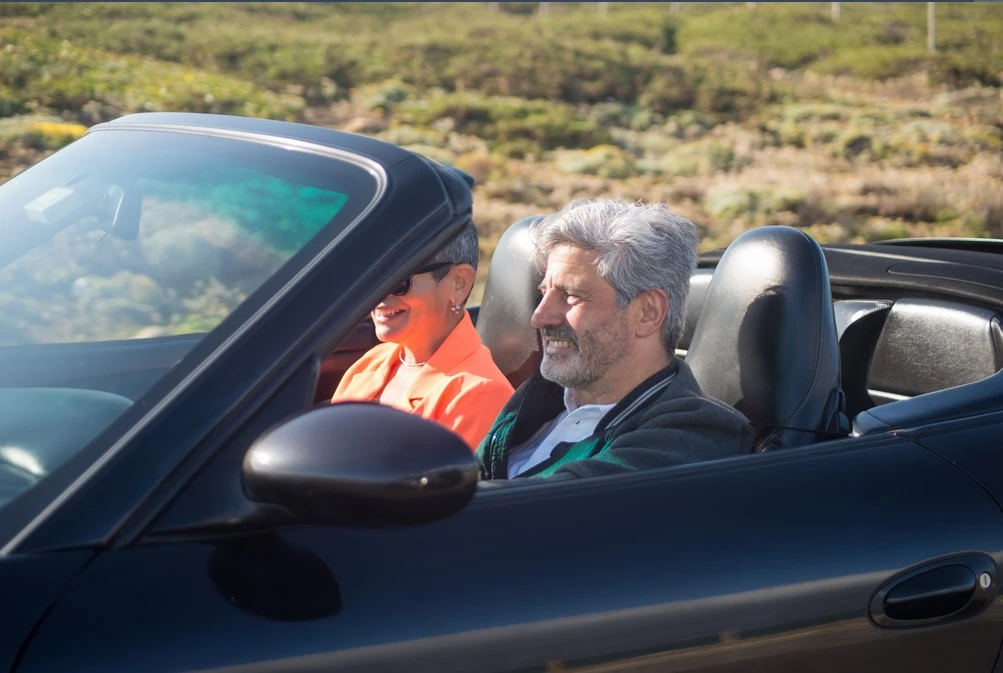On July 22nd at 11:00 am, Kendal at Home will host a discussion with former Ohio State Trooper Matt Gurwell of Senior Care Authority and founder of Beyond Driving with Dignity. The session will provide insight into potential safety concerns around driving and offer resources and tools for self-assessment.
Driving, for many of us, brings so much joy and links us in many ways to our independence. As we get older and begin to think about our health and driving, the decision to continue to drive or not to drive weighs on us all eventually.
How can I maximize safety when driving?
In 2019, approximately 8,000 adults age 65+ were killed in traffic crashes, and more than 250,000 were treated in emergency departments for crash-related injuries. This equates to 20 older adults killed per day and close to 700 injured each day in a crash.
While the statistics tell the story of the dangers, let’s consider steps that you can take to keep you and those around you safe. It starts with some common-sense factors like:
- Wear your seat belt
- Don’t drink and drive
- Wear corrective lenses as prescribed
- Drive in daylight and good weather only- don’t risk driving in other conditions if it is unnecessary
- Make sure you are using turn signals to inform drivers around you of your plans
- Avoid distractions of radio, talking, texting, or eating while driving.
- Plan out your route before you drive, utilize technology like GPS or navigation systems to help you along the way
- Keep up with routine car maintenance
- Have your eyes checked regularly - at least once a year or more often if you have noticed a change in your vision
- Keep up your strength and flexibility through regular exercise
- Review medication side effects for both prescription and over-the-counter medications with your physician or pharmacist.
What do I do if there is a concern about my driving?
Start with a conversation with your doctor. Let him/her know your concerns, whether they be your own or your loved ones’. Your physician may recommend a formal driving evaluation. These evaluations may involve assessments in your home or in a clinic, and sometimes will include an on-the-road appraisal when deemed appropriate.
Independence and driving are not synonymous
Retiring from driving does not have to equate to a decrease in independence. There are many resources available for those without a license. Aside from typical public transportation, driving services such as Lyft, Uber, medical and non-medical transportation companies, local senior centers, and more are all possibilities when it comes to options for transportation. Family, friends, and neighbors are also options, and in many cases are eager to assist.
Additional resources
- The CDC offers MyMobilityPlan, a formal plan that allows you to think ahead as to what your plan will be should you need to retire from driving. Planning ahead allows you to have more control of your future, and lifts the ‘burden of responsibility’ for having to make difficult decisions from the shoulders of your loved ones.
- Rides in Sight (1-855-607-4337, ridesinsight.org) is another resource recommended by the CDC to explore transportation options in your area.













